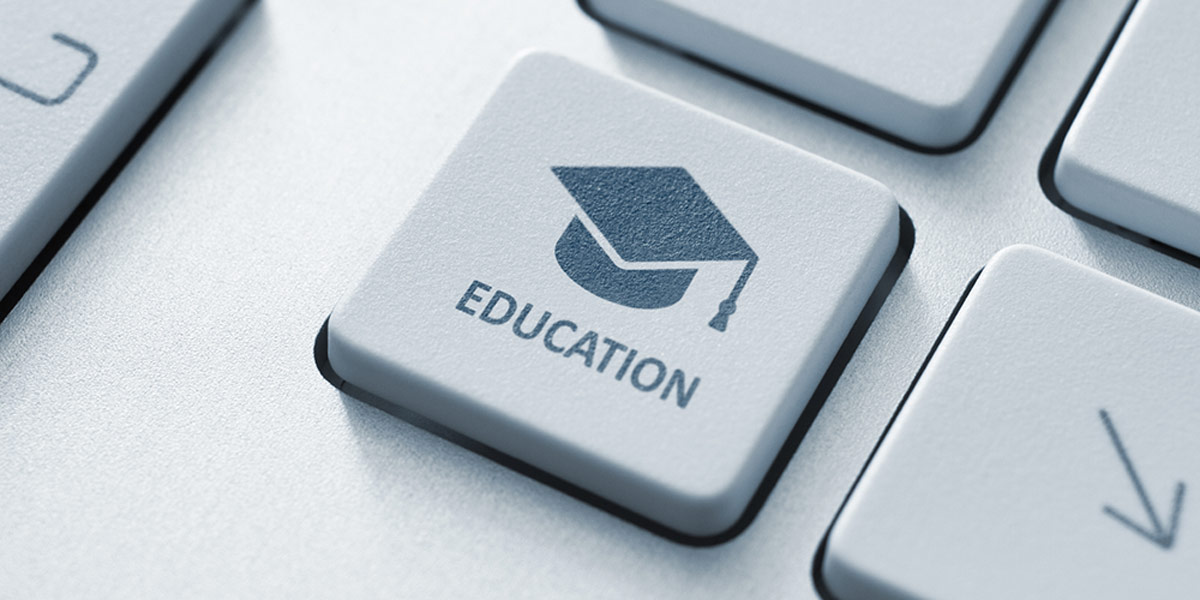The following are a collection of the main concerns, ideas, and thoughts we have gleaned from educational institutions. We hope this information provides you with questions and ideas for consideration as you navigate the current environment.
PEOPLE FIRST
Prioritizing public health, including students, staff, faculty, and parents comes above all else.
Mental Health and Emotional Support: While social distancing is meant to create a physical barrier, this can lead to mental isolation as well. We must consider the mental health of our communities, especially those suffering from anxiety and displacement due to quarantine. A pandemic is a new landscape for nearly all of us, and each student will internalize it differently, the effects extending well beyond school life and into family life. Reach out to your students and their families, call when possible and consider ways to offer mental health support by being an ally beyond the classroom.
Online Learning – It Is Not One Size Fits All: When developing alternative online learning programs, think about asynchronous communications. Students in different environments may need to juggle family obligations, helping with younger siblings or sharing devices. Not all students will have the same bandwidth and flexibility. Online communication platforms will be stressed, so expect lagging and the possibly of blackouts and outages. Although it may not be preferred by facility, prerecording lectures and instruction time may allow for more scale, lift, and future use.
Potentially revisit your internal policies on grading. Would pass / fail or curve grading work for your school and students? For high achieving students these options may be seen as a detriment, but would they better support the overall mission of educating and supporting your students?
Recognizing Milestones and Important Accomplishments: Reassuring students that milestones and successes will be celebrated in these uncertain and changing times can build morale and deepen connections to your school. Redeploy staff resources to allow for greater social media engagement, use this platform to celebrate distinctions, connect with students and constituents. If milestones will be missed, especially for seniors, reach out to the families personally and let them know you will honor and celebrate their child. Ask student leaders to get involved, who better to have your school trending and keep the digital conversation alive than those who use social media the most. Let your extraordinary students contribute and their creativity will certainly shine.
BUSINESS IMPLICATIONS
Balancing the needs of your students with your business needs may be more difficult now than ever before, as the decisions we are being called to make are not only grave business decisions, but also a humanitarian effort to put the wellbeing of individuals first.
Reflect on Your Constituents: It is important to step back and take time to reflect on your mission and your constituents, have either of those changed at the core? If not, stay the course and stick to your strategic policies, making necessary allowances but not allowing emotion to dictate your course.
Constructing a Task Force: Consider creating a crisis taskforce to share information and create smaller tactical teams to not only make decisions, but to search for cracks in the system. Crisis stress often exposes other issues that might have been hidden, unrelated to the current crunch. As you identify areas for attention, explore how faculty or staff can be redeployed. Allow people to help as they have bandwidth.
Balancing Empathy and Financial Realities: Empathy, care, and agility will be important throughout the process, but balancing this with financial realities will be a challenge. Are there opportunities to plan for lower yields as parents consider their own economic realities? Operationally, what waivers, modifications, and/or changes can be allowed for the long-term gain of student retention in absence of new student growth?
Communication: When communicating with students and their families, as well as staff, communication should be often and specific. Be transparent but careful of your word choice, consider the legal implications and use of public relations strategies. And when possible share messages in video, giving a face to the message and to your institution.
BOARD ENGAGEMENT
When creating your communication plan, students, parents, faculty and staff will be at the forefront, but do not forget the importance of active communication and discussion with Board members. Many boards have a fiduciary responsibility to the school, and decisions made during this time will have a direct impact on the financial status of the institutions they serve.
Evaluating When to Change vs. When to Stay the Course: As uncertainty continues, the question often asked is “what we can do and what should we change?”. While each institution’s needs will be different during this time, changes should be strategic and based on necessity rather than emotions created from market volatility.
Reviewing Strategic Plans and Investment Policy Statements: This is a good time to review your strategic plan, which hopefully has taken into consideration the implications of a market cycle. When thinking about your endowment and the operating capital it is budgeted to provide, you may be tempted to make changes at this time. The spending policy should build in mechanisms to smooth payouts and weather market cycles. Spending policy should be made up of two components:
1) withdrawal rate
2) spending rate calculation
Each is put in place to sustain the long-term mission of your institution. If these mechanisms are present in your Spend Policy, then changes to your spend rate should only be made when your business requires additional liquidity that cannot be found elsewhere.

